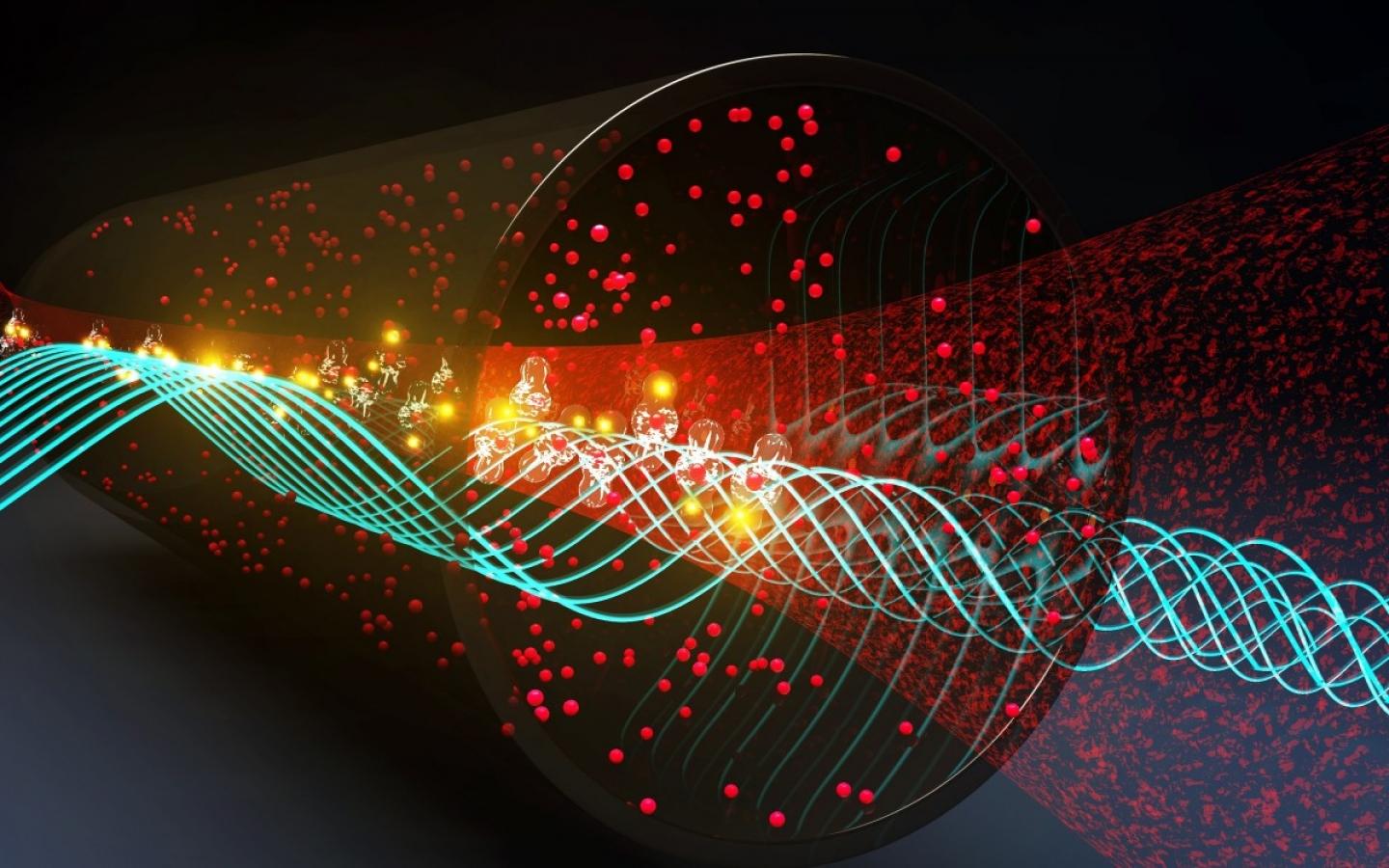Quantum Sensors: Unlocking New Possibilities with Precision Measurement

Introduction to Quantum Sensors
Quantum sensors leverage the peculiar properties of quantum mechanics to enable unprecedented precision in measuring physical properties like magnetic fields, electric fields, temperature, force, and more. At their core, quantum sensors use quantum bits (qubits) that can be precisely prepared, controlled, and measured to make inferences about their surrounding environment.
Types of Quantum Sensors
There are several types of quantum sensors that have been developed based on different physical implementations of qubits and readout methods. Some of the major types include:
Atomic magnetometers
Atomic magnetometers use atoms with nonzero electron or nuclear spin as sensor qubits. By manipulating the spin states of atoms with laser or microwave excitations, their precession in a magnetic field can be detected to achieve incredibly high magnetic field sensitivity down to the femtotesla range. Cs and Rb atoms are commonly used elements in atomic magnetometers. Their non-destructive readout and miniature form factors enabled by microfabrication make them well-suited for applications like biomagnetism and geophysical survey.
Superconducting quantum interference devices (SQUIDs)
SQUIDs are one of the earliest and most ubiquitous types of quantum sensors. They use superconducting loops containing Josephson junctions that can sense extremely small magnetic fluxes. When operated in a closed-loop feedback configuration, SQUIDs can achieve sub-femtotesla magnetic field sensitivity. They find widespread use in applications such as medical imaging, non-destructive testing, and fundamental science experiments.
Nitrogen-vacancy center spins in diamond
NV center spins in diamond have emerged as a very versatile solid-state qubit for Quantum Sensors sensing. The electronic spin state of NV centers can be optically initialized and readout, and it has long coherence even at room temperature. When embedded in nanostructures, NV center magnetometers can image magnetic fields with nanoscale resolution. They are actively researched for applications in biology, magnetic data storage, and quantum technology.
Trapped ion sensors
Trapped atomic ions confined by electric or magnetic quadrupole potentials form another promising class of quantum sensors. Laser manipulation of the internal electronic or hyperfine states of ions allows very precise measurements of electric or magnetic fields. Large ion crystals have demonstrated unprecedented electric field sensitivity in the attotesla/√Hz range. Trapped ion sensors show potential for precision measurements in fundamental physics.
Applications of Quantum Sensors
With their inherent precision advantage over classical sensors, quantum sensors are finding diverse real-world applications:
Biomagnetism and healthcare
Quantum magnetometers have enabled non-invasive detection of weak biomagnetic fields from the heart and brain with applications in diagnosing cardiac arrhythmia and mapping brain activity at high spatiotemporal resolution. They could advance understanding of complex neural processes and aid in development of brain-computer interfaces.
Archeology and geology
Helicopter and drone-based quantum gradiometers using atom interferometry and atomic magnetometers have aided archeological surveys to map buried ferromagnetic archaeological structures and conduct mineral exploration. Their ability to sense subtle anomalies helps explore new sites.
Fundamental science
The exquisite control and readout of various quantum systems has led to improved measurements of fundamental constants, tests of general relativity, searches for axion dark matter, and precision tests of quantum entanglement. Future directions include quantum limited sensing for gravitational wave detection.
Get more insights on Quantum Sensors
- Art
- Causes
- Crafts
- Dance
- Drinks
- Film
- Fitness
- Food
- Игры
- Gardening
- Health
- Главная
- Literature
- Music
- Networking
- Другое
- Party
- Religion
- Shopping
- Sports
- Theater
- Wellness
- IT, Cloud, Software and Technology


